Play-off matches for the championship, playing on baseball fields, sometimes on artificial turf and sometimes in sub-zero temperatures will be challenges for Lionel Messi when he moves to the US to play for Inter Miami.
Playoffs. The biggest novelty for Messi in MLS is post-season play. In most leagues around the world , including La Liga and Ligue 1, which Messi has played in, clubs play all their opponents home and away, with the team with the most points winning the title.
But MLS operates under different rules. In the United States, clubs play a 34-game regular season, and the team with the most points wins a fan-sponsored trophy called the Supporters' Shield. But this is just a warm-up for the season's culmination, the MLS playoffs. Many fans view the Supporters' Shield as a major trophy, while MLS officials ignore it and instead congratulate the winner of the Supporters' Shield on being the "top seed" for the playoffs.
MLS is divided into East and West divisions, with each team playing 34 games on different schedules. The top nine teams in each league at the end of the regular season qualify for the playoffs. These 18 clubs essentially play a mini-tournament, with the top two teams playing in MLS Cup for the title. That’s how New York City FC finished fourth in the Eastern Conference in 2021, but won the MLS title.
Many argue that this format devalues much of the season. Indeed, 62% of teams qualify for the play-offs, so how important is winning in the first few months?
Inter Miami are currently bottom of the Eastern Conference with 15 points from 17 games. But with Messi on board, they could climb into the top nine in the remaining 17 games to qualify for the playoffs.
But according to ESPN , this format helps the tournament retain surprises and no one club can dominate the tournament, while the lower-rated club can cause surprises in the play-off round.
No relegation. Inter Miami is currently bottom of the Eastern Conference, but Messi doesn't have to worry about relegation.
Not only is the championship race different, MLS is also very different at the bottom of the table because there is no relegation. The US Major League Soccer has clubs decided by the owners buying their rights through franchise fees, and is a closed league, with no promotion or relegation.

If a club finishes last, it still starts the following season on equal footing with the rest. For example, Austin finished second to last in 2021, then finished second in the Western Conference and reached the playoff semi-finals the following season.
Many American fans have suggested that promotion and relegation would make the league more interesting at the bottom, punishing poor, declining clubs and helping players develop by giving more incentives to lower-tier clubs. This isn’t a new complaint, but club owners pay hundreds of millions of dollars to take over a club in part because they know that once they’re in MLS, they won’t have to worry about relegation. No amount of incompetence or poor performance will change that.
The tournament runs from February to December in brutal temperatures. Messi has played in many locations around the world. But many fans have joked about wanting to see the Argentine superstar perform on a rainy weeknight in Stoke, just to see if he could cope with the harsh weather conditions and the opponents’ negative defensive tactics. But those supposed difficulties are nothing compared to what awaits Messi in North America.
Most leagues around the world start their seasons in August and end in May, while MLS plays throughout the summer.
While much of North America endures bitter cold and wind in the winter, summer is a time for people to get outside, eat, drink, and often play a sport . Baseball has built a multi-billion dollar industry on this weather change.
When MLS launched, its leaders asked themselves, "Do we want to try to attract people to this outdoor sport every weekend in the cold and rain or snow, or do we want to bring them sunshine and warmth?" The league chose not to follow the calendar widely used in Europe, and adapted it to the American climate.
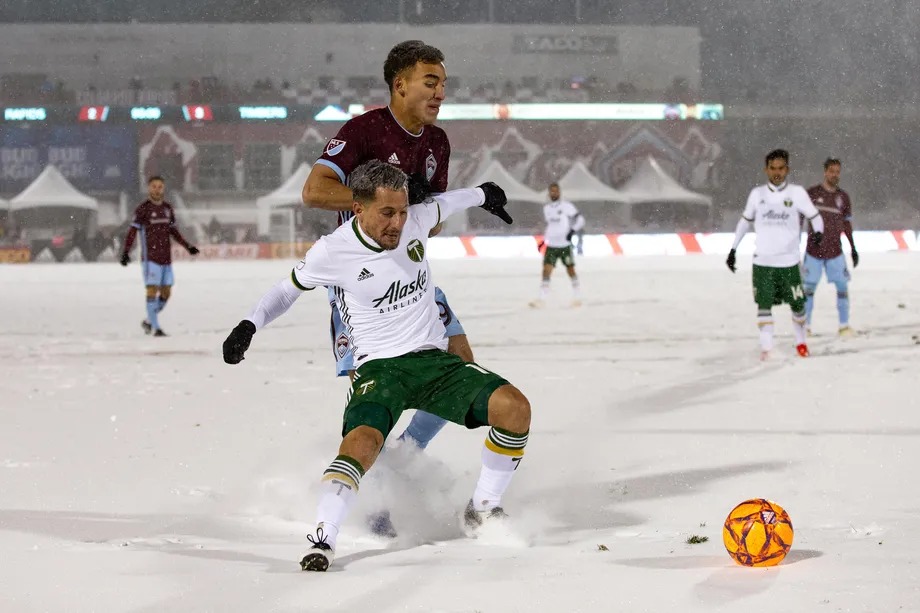
But just because MLS is in the summer doesn't mean weather isn't an issue, as many North American cities are hot and humid during this timeframe. Wayne Rooney was visibly upset after signing with DC United in 2018, admitting: "I was so hot, I was like, 'What am I doing?'"
But heat and humidity are just one issue. The MLS season is largely played in the summer, but begins and ends in the winter. Temperatures dipped below -10 degrees Celsius when the Portland Timbers and Colorado Rapids kicked off the 2019 season on a snow-covered field, and continued to plummet toward the end. "My hands were freezing," one player said after the game. "I couldn't even feel my fingers or toes."
In 2013, the championship match kicked off in temperatures of -6 degrees Celsius with harsh winds that froze some reporters' keyboards in the outdoor press box.
Traveling. MLS is all over North America. When Inter Miami plays the Vancouver Whitecaps, Messi and his teammates will have to fly more than 4,500 kilometers, further than Barcelona to Baku, Azerbaijan. The flight to Western Canada from Miami will take about seven hours.
Previously, Messi's longest away trips for Barca in La Liga were only an hour and a half to Sevilla or two hours to Celta Vigo. The journey in Ligue 1 is even shorter, with Paris to Toulouse or Nice taking less than 90 minutes.
Not only that, Messi also has to deal with commercial flights. When he played for DC United, Rooney once tweeted : "Can't wait for a 12-hour travel day that could be done in six, but this is MLS."
MLS has also recently stopped requiring teams to use charter flights for the entire trip according to the club's required itinerary. Therefore, Messi will have to get used to traveling on commercial flights, which means he will no longer have the privacy he had when flying to play for Barca or PSG.
Playing on baseball fields, football fields. Messi is used to playing at Camp Nou, Parc des Princes and other world-class stadiums in front of huge, sold-out crowds. The seven-time Ballon d'Or winner can still experience that in the US, but will be "disillusioned" on some other long trips.
Most MLS clubs play in beautiful, covered stadiums that seat 18,000 to 30,000 people and look like the world’s top soccer stadiums. Some cost billions of dollars to build, but are used for baseball or football. These include Atalanta United’s Mercedes-Benz Stadium, which hosts NFL games, and New York City FC’s Yankee Stadium and City Field, which are both baseball stadiums and not suitable for soccer.
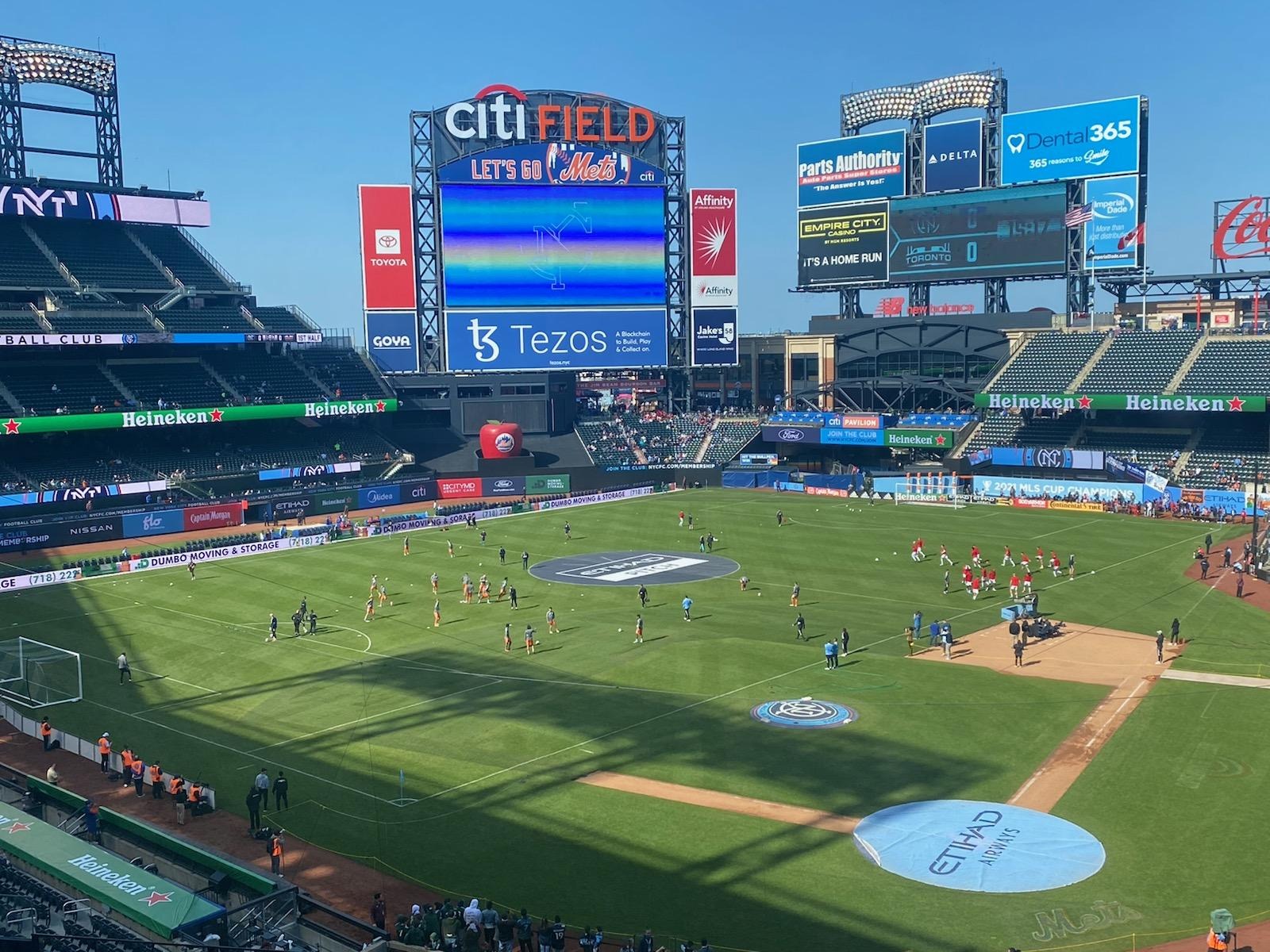
Even Inter Miami’s home stadium, the DRV PNK, is unusual. It’s not even in Miami, but in Fort Lauderdale, about a 40-minute drive from the city in ideal conditions, and is a modular, detachable stadium. The DRV PNK is expected to be Inter Miami’s home until the club completes construction of the 25,000-seat Miami Freedom Park, scheduled for 2025.
Playing on artificial turf. Even some of MLS’s best stadiums aren’t ideal for players. The aforementioned Mercedes-Benz Stadium has an artificial turf surface, as do five other stadiums in the league. Artificial turf makes it easier to switch between soccer and rugby, concerts and other events, with sliding, retractable or modular surfaces that can be swapped around depending on the event.
However, players do not like artificial turf, as it is a harder surface and makes them more prone to injury. Zlatan Ibrahimovic once angrily protested to LA Galaxy that he would only play on artificial turf if it was a "matter of life and death", while Thierry Henry refused to play on most of his matches on this surface during his time with the New York Red Bulls. Other superstars such as David Beckham and Robbie Keane have repeatedly spoken out about the negative effects of artificial turf on LA Galaxy's away games.
Meanwhile, solutions to mitigate the effects of artificial surfaces have also been flawed. Messi was injured playing Argentina against Mexico at the Dallas Cowboys’ AT&T Stadium in 2015. At the time, the stadium’s owners demanded that real grass be laid over the artificial turf, which made things worse when Messi slipped and twisted his knee.
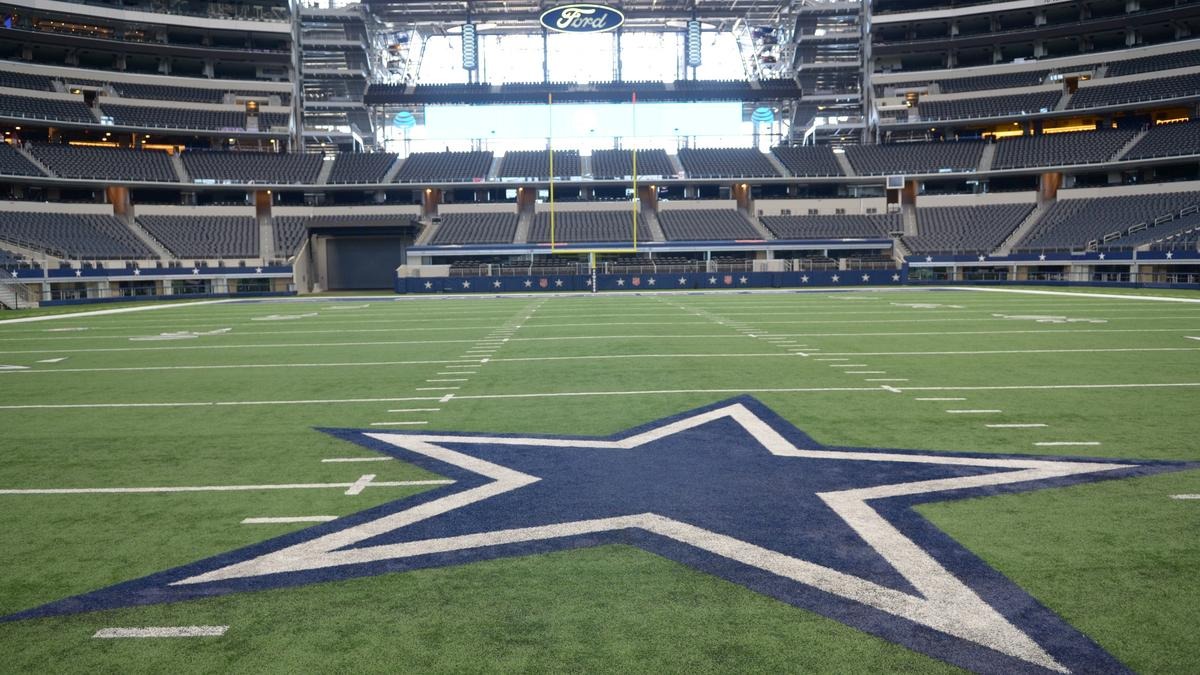
Over the past few years, the number of natural grass fields has increased, but for the foreseeable future, artificial turf fields will still exist in MLS.
Less-than-ideal surfaces aren't limited to artificial turf, however. Yankee Stadium is too small to fit a regulation football field, and the turf used on baseball fields is dirty, making the ball bounce and harder for players to control.
The strange venues of the US Open Cup. Artificial turf and baseball fields pale in comparison to the exotic venues MLS teams will be playing in at the US Open Cup, which was founded in 1914 and is the oldest soccer tournament in the United States. It pits top clubs against teams from across the leagues, including semi-professionals. That means matches against clubs many people have never heard of, potentially in unfamiliar cities.
This season, Minnesota United plays Detroit City at Keyworth Stadium, which is owned by Hamtramck Public Schools and hosts high school games. San Jose Earthquakes plays Monterey Bay FC at Cardinale, a 6,000-seat stadium at California State University. Meanwhile, the Pittsburgh Riverhounds and Birmingham Legion shocked the world by reaching the quarterfinals.
Other clubs that have faced MLS representatives at the tournament include the Tampa Bay Rowdies, who play on the grounds of an old baseball stadium, and the Harrisburg City Islanders, who play in a minor league baseball stadium. Christos FC, an amateur team representing Christos Discount Liquors in Maryland, didn’t get to host DC United in the game a few years ago, but that made it even more memorable.
"So if you think it's weird to see Messi playing in a baseball stadium and on loan, just wait until you see the Argentina star playing in the US Open Cup in a baseball stadium that's no longer even a major league," ESPN commented.
MLS All-Star Game. MLS has an annual All-Star Game, which typically pits a team of the best MLS players against a team from overseas. The opponent can be a European club on a preseason tour, like Arsenal on July 19, 2023, at Audi Field in Washington, DC, and sometimes an all-star team from Mexico's Liga MX.
The main purpose of the game is to showcase the best players in MLS, including some who have been voted into the team by fans. But players don't always want to participate, to the point where the league has issued a one-game ban to any player who is physically fit and refuses to play. Ibrahimovic was suspended under this rule, saying: "I think it's ridiculous, but I have no comment. They can do whatever they want. I come from another world, the real world."

MLS could also name a number of players to the All-Star team, which will undoubtedly include some of MLS's biggest stars. In 2015, Liverpool legend Steven Gerrard was selected despite having joined LA Galaxy just weeks earlier and barely playing. Likewise, Frank Lampard, who had yet to play for New York City FC, made his All-Star debut.
Messi can therefore play in the All-Star match against Arsenal on July 19.
Complex rules. Messi is used to playing with high-level teammates from all over the world in Barcelona and Paris. Those two clubs have the ability to sign any player, while keeping in mind UEFA's Financial Fair Play rules, but Messi will find there is no such open market in MLS.
European clubs are subject to strict spending rules, meaning they cannot spend more than they earn. But the rules in MLS are much stricter and more complex.
First, the MLS has a salary cap. It sounds simple, but there are plenty of exceptions. There’s the designated player rule, which essentially allows a club to register up to three players whose salaries don’t count towards the full salary cap. The rule was created so the LA Galaxy could sign David Beckham, and has since been used to sign some of the biggest stars on the planet, like Messi himself, and bright young talents like Miguel Almiron, who played for Atlanta United before being sold to Newcastle.
There are also rules for players who have come through the club's academy - who do not count towards the salary cap.
And then there are the acronyms, GAM and TAM. In MLS, players are constantly traded to other teams in the league, which is unusual in European soccer but common in American sports. Transfers in and out of MLS are also common, but from team to team, player swaps or trades under GAM and TAM are the norm.
GAM stands for General Allocation Money and TAM stands for Target Allocation Money, which are divided among teams annually and can be traded between teams to create additional money that essentially increases each team’s salary cap. This is a confusing rule, and even some members of the staff at the clubs don’t understand all the mechanics of the roster. Inter Miami, Messi’s new club, was fined a league record $2 million for violating these rules.
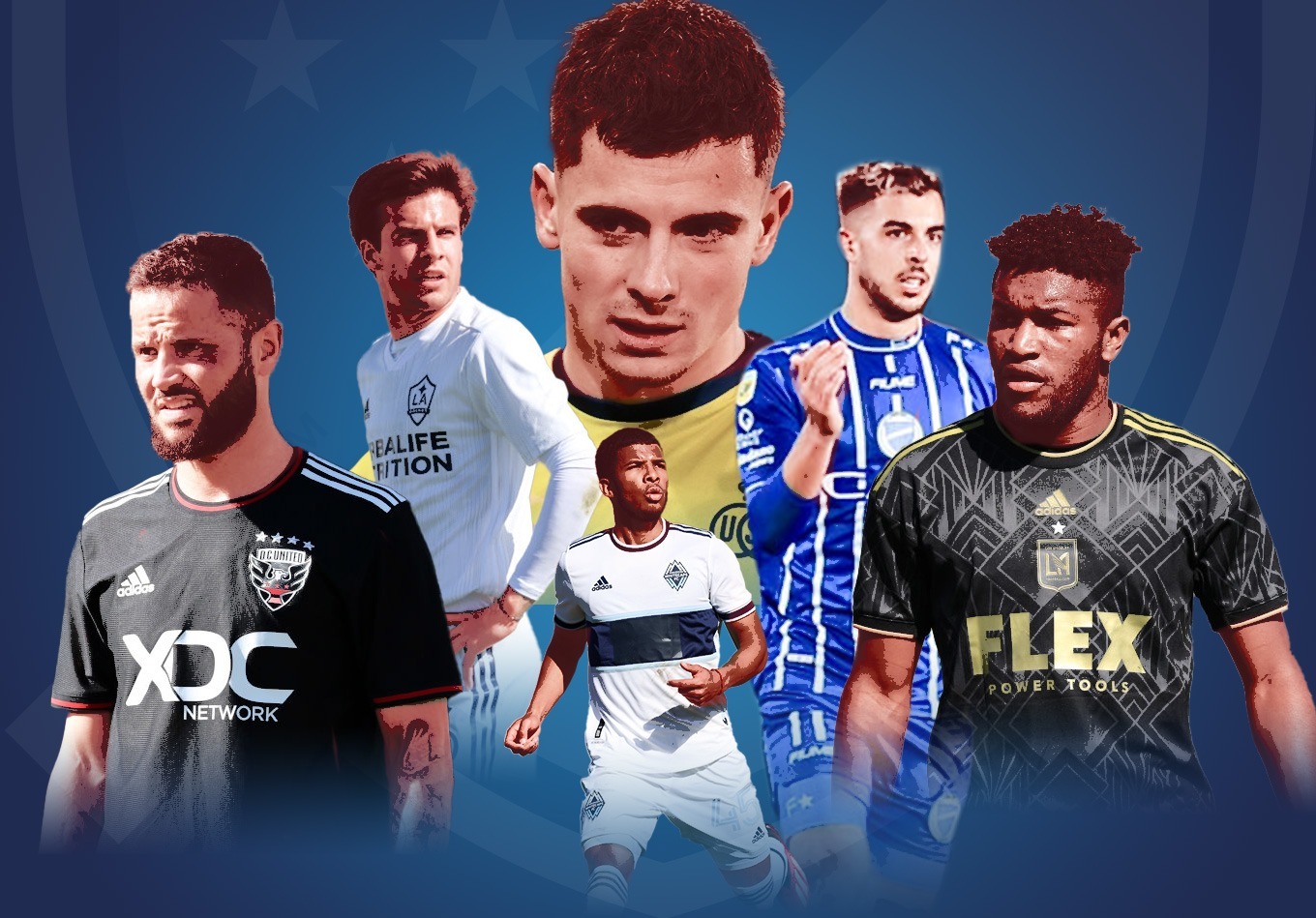
MLS is essentially a single league, meaning all team owners are technically investors in the league as a whole. Player contracts are primarily handled by the league, not the individual teams. That's why the league can "allocate" money to teams through these roster rules.
While La Liga and Ligue 1 clubs compete head-to-head for players, MLS manages to ensure that doesn't happen. That's why Messi's negotiations to join Inter Miami took place at the league level, including a cut of the league's streaming revenue.
Reporters are allowed into locker rooms. In many parts of the world, the media can only ask questions of players at a press conference or in the mixed zone. In MLS, by American sports standards, journalists can go straight into the locker room after a game and interview anyone. In fact, MLS requires that locker rooms be open to such media.
When he joined Atlanta United after spells in Europe and South America, striker Josef Martinez found the style difficult to adapt to. “To be honest, it was very strange,” the Venezuelan admitted. “I felt that a certain level of respect was lost, along with the camaraderie within the team.” Teammate Gonzalez Pirez agreed, saying that in Argentina, even some coaches were not allowed into the dressing room because it was a sacred place.

"So after a great match with a hat-trick or a bad, disappointing match, Messi can be greeted by journalists waiting in the dressing room with questions. Messi has done everything a footballer can do, but this will be a new experience. Welcome to MLS, Messi," ESPN commented.
Hong Duy (according to ESPN )
Source link






![[Photo] Hanoi morning of October 1: Prolonged flooding, people wade to work](https://vphoto.vietnam.vn/thumb/1200x675/vietnam/resource/IMAGE/2025/10/1/189be28938e3493fa26b2938efa2059e)

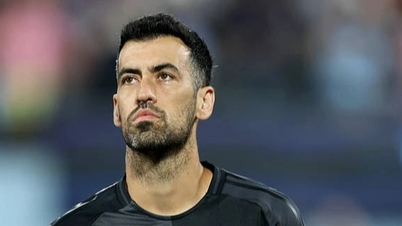




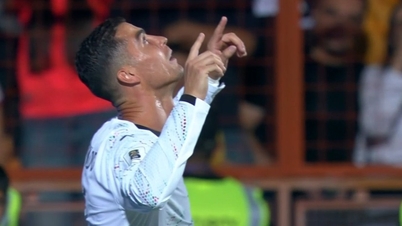

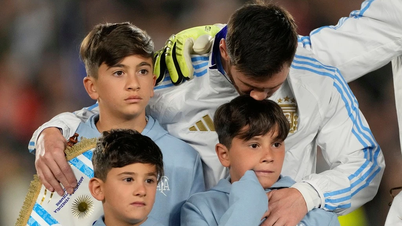

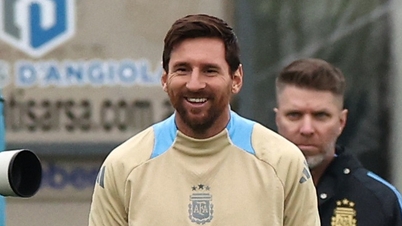

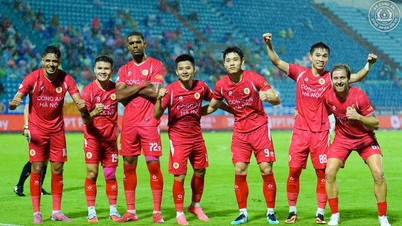
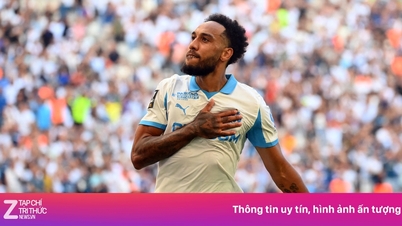

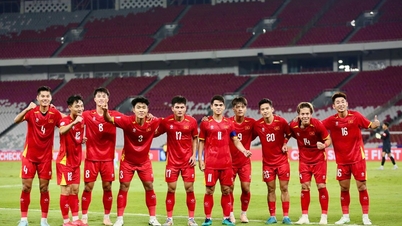

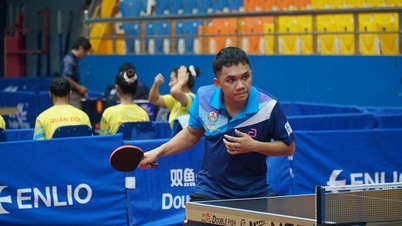
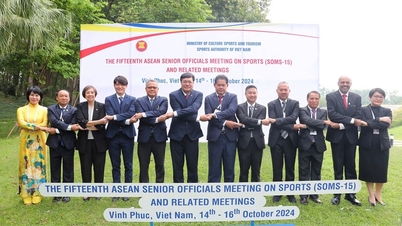
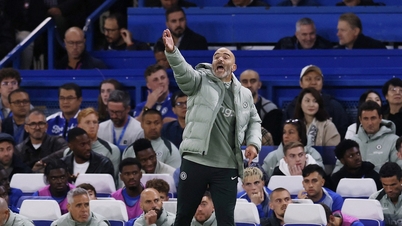










![[Photo] President Luong Cuong receives President of the Cuban National Assembly Esteban Lazo Hernandez](https://vphoto.vietnam.vn/thumb/1200x675/vietnam/resource/IMAGE/2025/9/30/4d38932911c24f6ea1936252bd5427fa)
![[Photo] Panorama of the cable-stayed bridge, the final bottleneck of the Ben Luc-Long Thanh expressway](https://vphoto.vietnam.vn/thumb/1200x675/vietnam/resource/IMAGE/2025/9/30/391fdf21025541d6b2f092e49a17243f)





















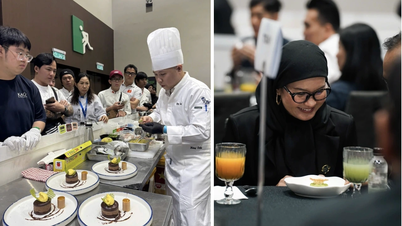
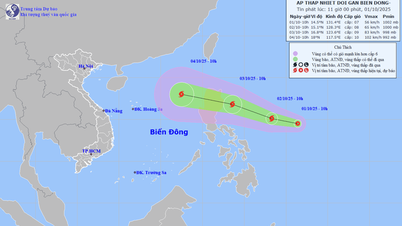
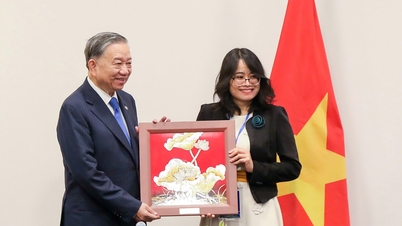
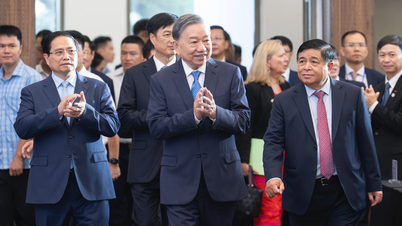
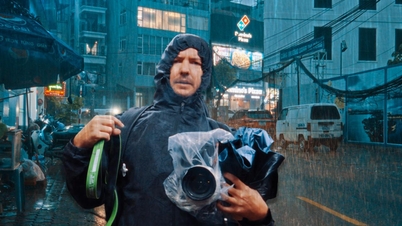



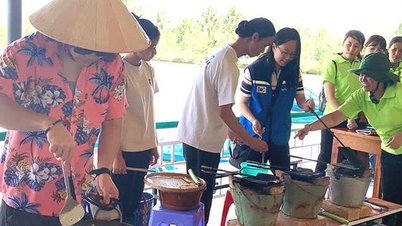



![[Infographics] An Giang economic picture in the period 2020 - 2025](https://vphoto.vietnam.vn/thumb/402x226/vietnam/resource/IMAGE/2025/10/1/093e29084648496c82a22536f5384c21)

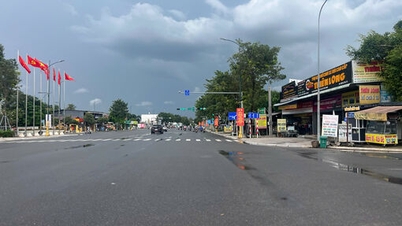

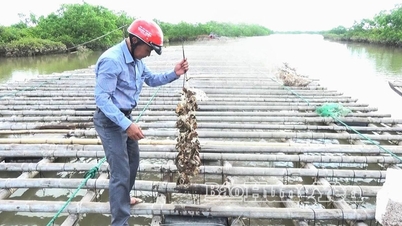

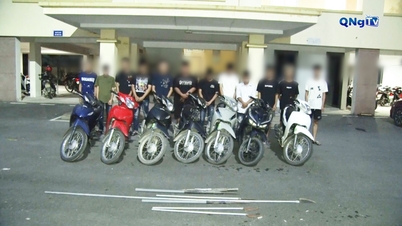
















Comment (0)